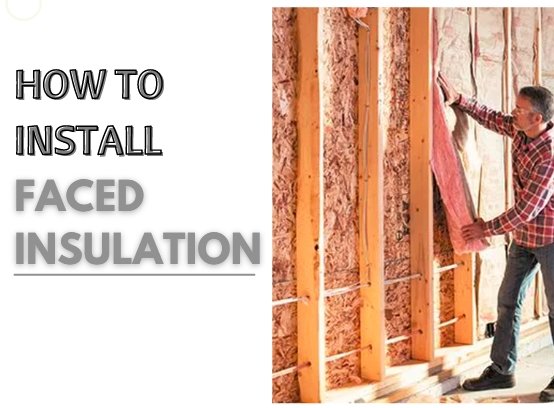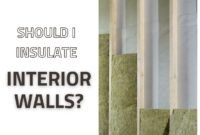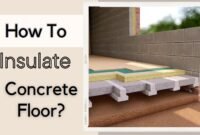Insulating your home, particularly with faced insulation, is crucial for achieving energy efficiency and maintaining a comfortable indoor environment. This type of insulation, a popular choice for home improvement projects, often includes a vapor barrier that prevents moisture from compromising the insulation’s effectiveness.
Faced insulation, such as batt insulation or blown-in cellulose insulation, can significantly reduce energy loss in your home.
In this article, you will learn how to install faced insulation in six easy steps, ensuring you get the most out of your insulation solution. Whether you choose batt insulation or another type of insulation, these steps will guide you through the process, emphasizing the importance of a friction fit for optimal performance.
How to Install Faced Insulation in 6 Easy Steps?
Installing faced insulation is a process that requires careful planning and execution. The following steps provide a more detailed guide on effectively installing faced insulation.

● Preparation
Before you begin the installation process, it’s essential to prepare adequately, especially when working with types of insulation like fiberglass and cellulose. This preparation involves wearing the right protective gear, including a dust mask, safety goggles, gloves, and long-sleeved clothing. These precautions are necessary to avoid irritation from insulation materials.
Read also: What Is the Difference Between Faced And Unfaced Insulation
These precautions are necessary because fiberglass particles comprising the insulation can irritate the skin, eyes, and respiratory system.
Additionally, you should ensure that the area where you’ll be installing the insulation is clean and free from debris. It includes removing any nails, unused wires, or screws that could interfere with the insulation.
● Choose the Right Insulation
The next step involves selecting the appropriate insulation for your needs, such as batt insulation or blown-in cellulose insulation. This decision should be based on the specific requirements of your home, the climate in your area, and the pros and cons of different types of insulation.
The R-value of the insulation, which indicates its resistance to heat flow, is a crucial factor to consider. The insulation’s performance improves as the R-value increases.
Fiberglass insulation is available in various forms, including rolls, batts, and loose fill. For open walls, rolls or batts are typically the most suitable.
● Cutting the Insulation
Once you’ve chosen the proper insulation, you’ll need to cut it to fit the space where it will be installed. This involves measuring the length and width of the area, using a tape measure, and using a utility knife to cut the insulation accordingly.
Ensuring that the insulation fits snugly between the studs is essential, as gaps can reduce effectiveness. A friction fit is ideal to ensure the insulation stays in place without gaps. Ensuring that the insulation fits snugly between the studs is essential, as gaps can reduce effectiveness.
● Orientation of Faced Insulation
Faced insulation comes with a vapor barrier, typically made of paper or foil, which helps prevent moisture from compromising the insulation’s effectiveness. The orientation of this vapor barrier is crucial.
In most climates, the vapor barrier should be installed towards the heated and cooled side of the room. It means that the vapor barrier should face toward the room when insulating between wall studs.
Read also: Basement Wall Insulation Blanket
● Installation
The actual installation of the insulation involves gently pressing it between the studs. If your insulation comes with stapling flanges, these should be pinned to the side of the wall stud. It’s essential to ensure that the insulation is balanced, as this can reduce its effectiveness.
● Insulating Around Obstacles
You may encounter obstacles such as wires or pipes during the installation process. In such cases, the insulation should be split and placed behind and before the obstruction.
This situation ensures a continuous insulation layer without creating energy-wasting voids.
Safety Considerations When Installing Insulation
Installing insulation involves handling materials that can be irritating to the skin, eyes, and lungs. Therefore, wearing appropriate protective gear, including a dust mask, safety goggles, gloves, and long-sleeved clothing, is essential.
After the installation, it’s recommended to shower and wash your work clothes separately to remove any lingering fiberglass particles.
How to install faced insulation? You can ensure a successful installation process by following these six easy steps. Remember, the key to effective insulation is choosing the right type, installing it correctly, and taking necessary safety precautions.

